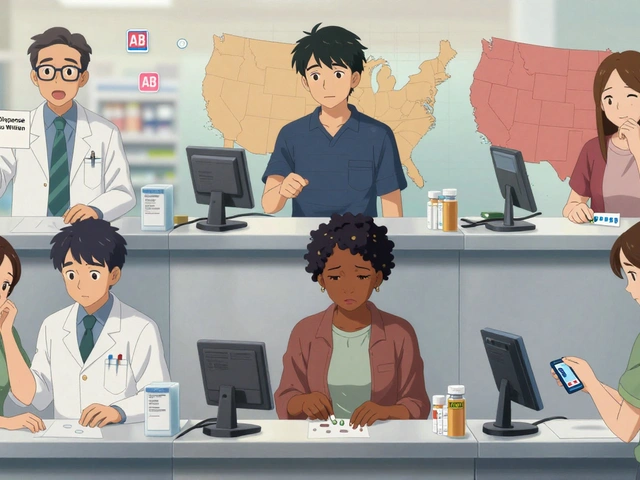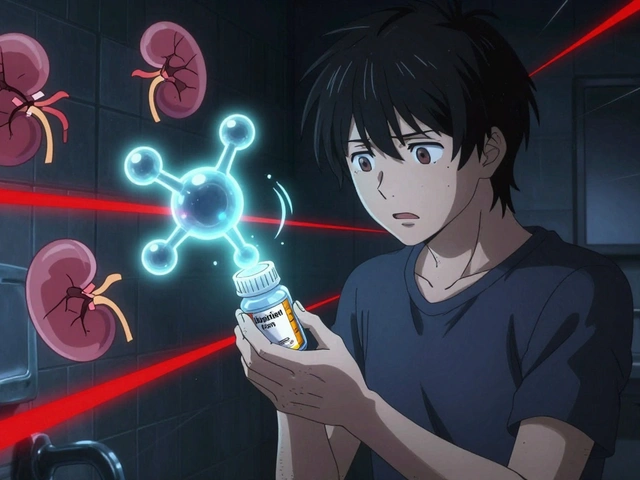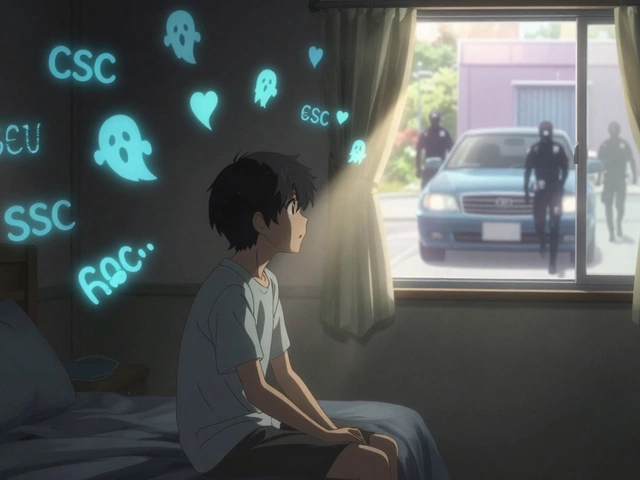Protect Eyes: Simple Steps for Safer Vision
When working with protect eyes, taking proactive measures to guard your vision against damage, irritation, and long‑term disease. Also known as eye protection, it involves more than just slipping on sunglasses. You’ll also encounter related concerns like allergic conjunctivitis, an inflammation of the eye’s surface caused by allergens such as pollen or dust (sometimes called eye allergy), UV radiation, high‑energy sunlight that can accelerate cataract formation and macular degeneration (ultraviolet light), and seasonal allergies, the yearly flare‑ups that release histamines and aggravate the eyes (hay fever). Understanding how these entities interact helps you build a solid defense plan.
Protect eyes isn’t a one‑size‑fits‑all checklist; it’s a web of habits that target the biggest threats. First, UV exposure is a silent driver of damage. Studies show that people who wear proper UV‑blocking sunglasses reduce cataract risk by up to 40 %. That’s why any outdoor activity—driving, walking the dog, or gardening—should start with a pair of lenses that block 99–100 % of UVA and UVB rays. Second, allergic conjunctivitis spikes when pollen levels rise. The inflammation leads to redness, itching, and watery eyes, which can compromise comfort and even vision clarity. Managing seasonal allergies with antihistamine eye drops or indoor air filters cuts the trigger at its source.
Key Strategies for Eye Protection
Beyond sunglasses and allergy control, nutrition plays a surprisingly direct role in eye health. Nutrients such as lutein, zeaxanthin, and omega‑3 fatty acids act like internal sunshades, filtering harmful light and supporting retinal cells. Incorporating leafy greens, fortified eggs, and fatty fish into meals supplies these antioxidants daily. Regular eye exams are another cornerstone; an optometrist can spot early signs of glaucoma or macular degeneration before symptoms appear, allowing timely treatment. Finally, practical daily moves—avoiding direct screen glare, using humidifiers in dry climates, and taking the 20‑20‑20 break (look 20 feet away for 20 seconds every 20 minutes)—reduce strain and keep the tear film stable.
When you combine UV shielding, allergy mitigation, nutrient‑rich foods, and professional check‑ups, you create a multi‑layered safety net. This approach aligns with the semantic triple that "protect eyes" encompasses "UV protection," "allergic conjunctivitis management," and "nutritional support for eye health." It also follows the logic that "eye health requires regular exams" and "seasonal allergies influence allergic conjunctivitis," linking the entities in a clear, actionable way. Below you’ll find a curated set of articles that dive deeper into each of these topics, from the science behind sunglasses to step‑by‑step allergy relief tips, giving you a toolbox to keep your sight sharp and comfortable.
Ready to explore the full range of advice? Scroll down to discover detailed guides on UV‑blocking eyewear, allergy‑friendly eye care routines, nutrient‑focused diets, and more—each one designed to help you protect eyes effectively.

Protect Your Eyes from Redness: A Step-by-Step Guide to Beat Environmental Irritants
Learn practical ways to stop eye redness caused by pollen, smoke, dry air and other irritants. Get daily habits, protective gear, and treatment tips.
Continue Reading



